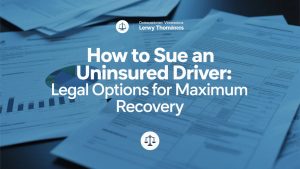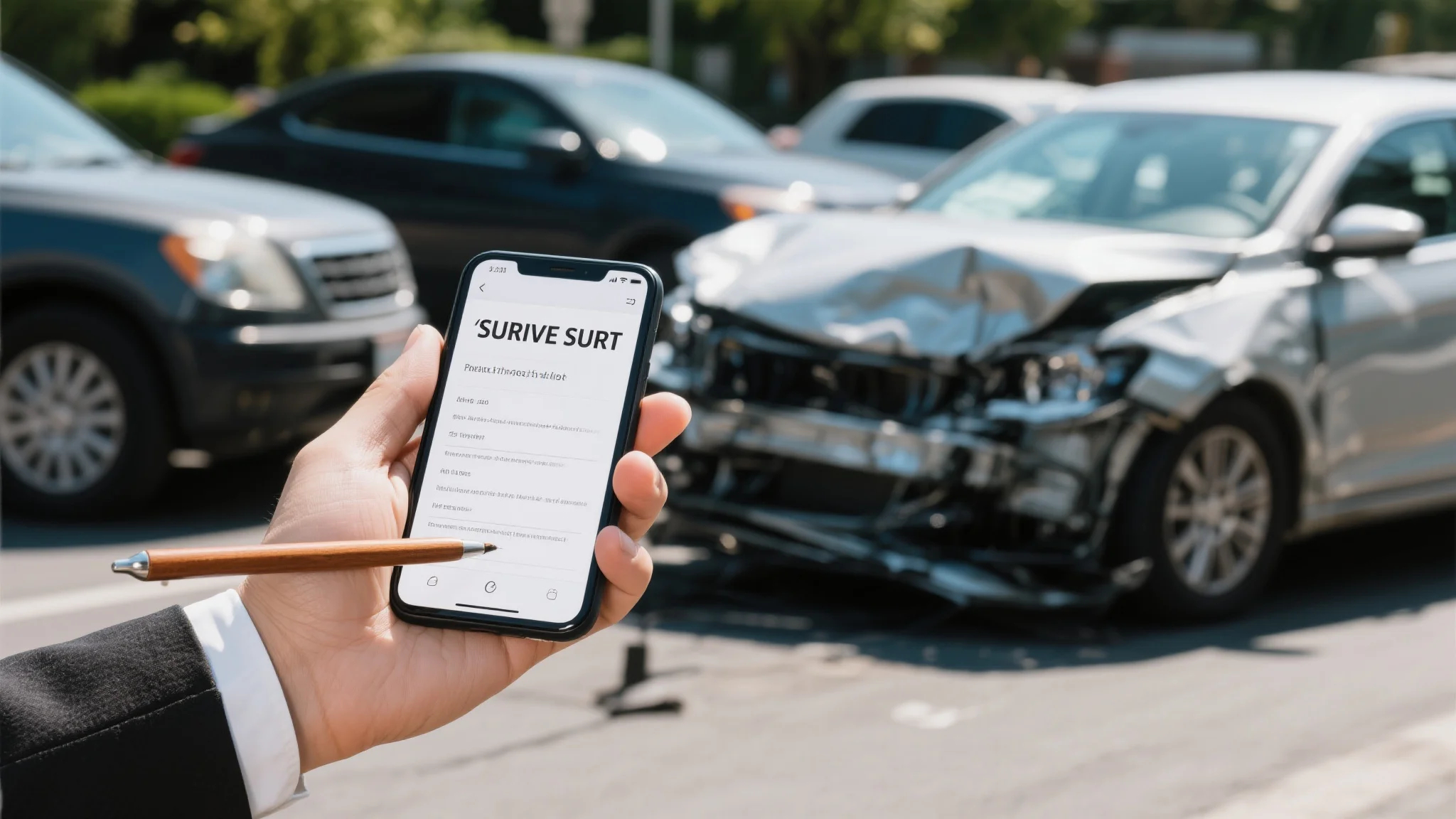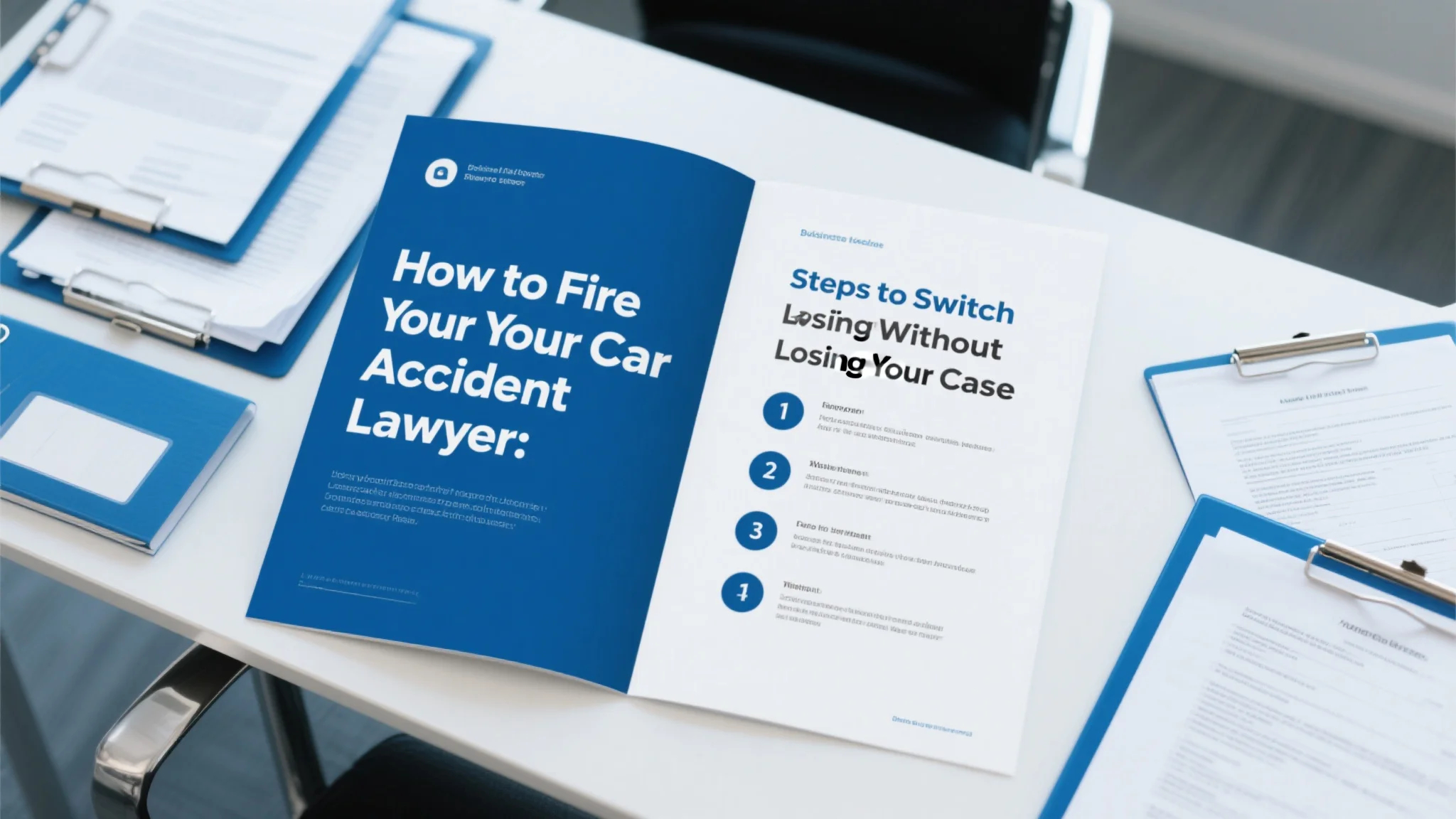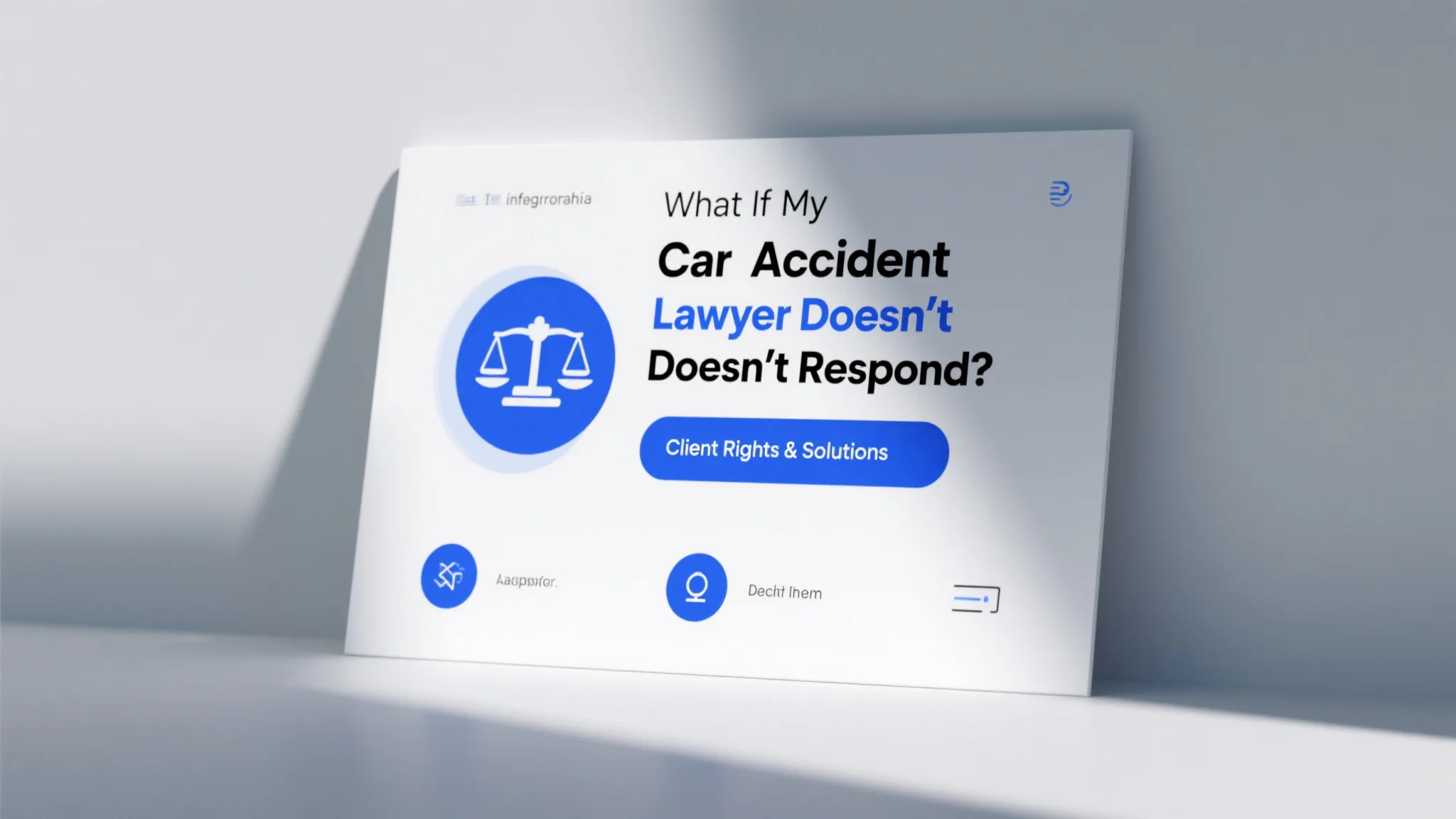Understanding Your Legal Options After an Accident with an Uninsured Driver
When involved in a collision with an uninsured driver, victims face unique challenges in pursuing compensation for their injuries and damages. Unlike standard accident claims that primarily target insurance companies, these cases require strategic legal approaches to identify and pursue the at-fault driver’s personal assets. State laws vary significantly regarding uninsured motorist claims, with some jurisdictions requiring mandatory uninsured motorist coverage as part of your own insurance policy. This coverage often serves as the first avenue for recovery, but when damages exceed these limits or such coverage isn’t available, pursuing the driver directly becomes necessary. Understanding these legal nuances helps accident victims make informed decisions about protecting their rights while maximizing potential recovery.
The Step-by-Step Process for Suing an Uninsured Motorist
Initiating legal action against an uninsured driver follows a distinct procedural path compared to standard insurance claims. First, your attorney will investigate the accident thoroughly to establish clear liability and document all damages. Next comes filing the lawsuit in the appropriate jurisdiction, carefully drafting the complaint to preserve all potential legal theories of recovery. The defendant must then be properly served, which can prove challenging with uninsured drivers who may attempt to avoid legal process. Throughout litigation, your legal team will employ various discovery tools to uncover the defendant’s assets and financial situation. This comprehensive approach ensures you’re positioned to collect any judgment awarded, rather than winning a hollow victory against someone with no means to pay.

Locating and Securing Assets for Judgment Recovery
Successful judgment recovery requires meticulous asset investigation to identify all potential sources of compensation. Skilled attorneys employ various techniques including real property searches, wage garnishment procedures, bank levies, and examination of business interests. Many uninsured drivers own valuable assets like vehicles, real estate, or future inheritances that can be targeted through legal mechanisms. Some states allow plaintiffs to place liens on the defendant’s property immediately after obtaining a judgment, preventing them from selling or transferring assets to avoid payment. These collection efforts often continue long after trial concludes, requiring persistence and knowledge of state-specific enforcement procedures to ultimately convert your legal victory into actual financial recovery.
Alternative Recovery Strategies When Direct Action Fails
When traditional judgment recovery methods prove insufficient, creative legal strategies may uncover alternative compensation sources. Some jurisdictions allow plaintiffs to pursue negligent entrustment claims against whoever loaned the uninsured driver their vehicle. Others recognize dram shop liability for establishments that served alcohol to visibly intoxicated drivers. In cases involving government vehicles or contractors, sovereign immunity exceptions might permit claims against municipal entities. Structured settlement options can sometimes make payment more feasible for judgment debtors with limited means. Your attorney might also negotiate non-monetary settlements like property transfers or service agreements when cash recovery seems unlikely. These alternative approaches demonstrate why comprehensive legal representation proves invaluable in uninsured motorist cases where standard insurance recovery isn’t available.
Preventative Measures for Future Financial Protection
The challenges of asset investigation and collection underscore the importance of proactive measures to protect against uninsured motorists. Review your own insurance policy to ensure adequate uninsured/underinsured motorist coverage limits that match your potential exposure. Consider adding umbrella policies that provide extra protection layers above standard auto coverage. Document all insurance communications meticulously following any accident, as insurers sometimes attempt to minimize uninsured motorist claims just as they do with third-party claims. Keep detailed records of all accident-related expenses and impacts, as these become crucial when pursuing either insurance recovery or direct legal action against an uninsured driver. These preventative steps won’t eliminate the frustrations of dealing with uninsured motorists but can significantly improve your position if such an unfortunate situation arises.



